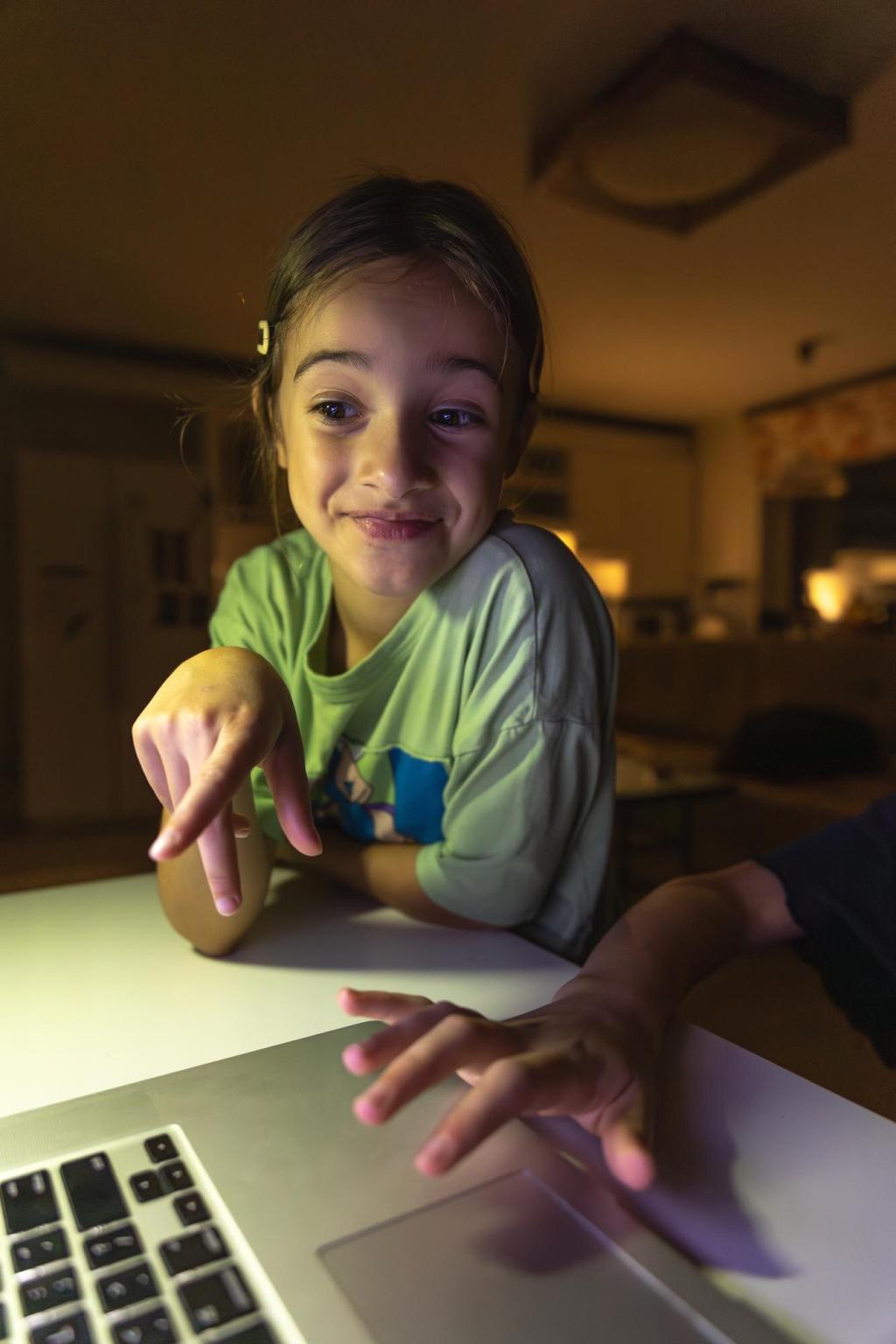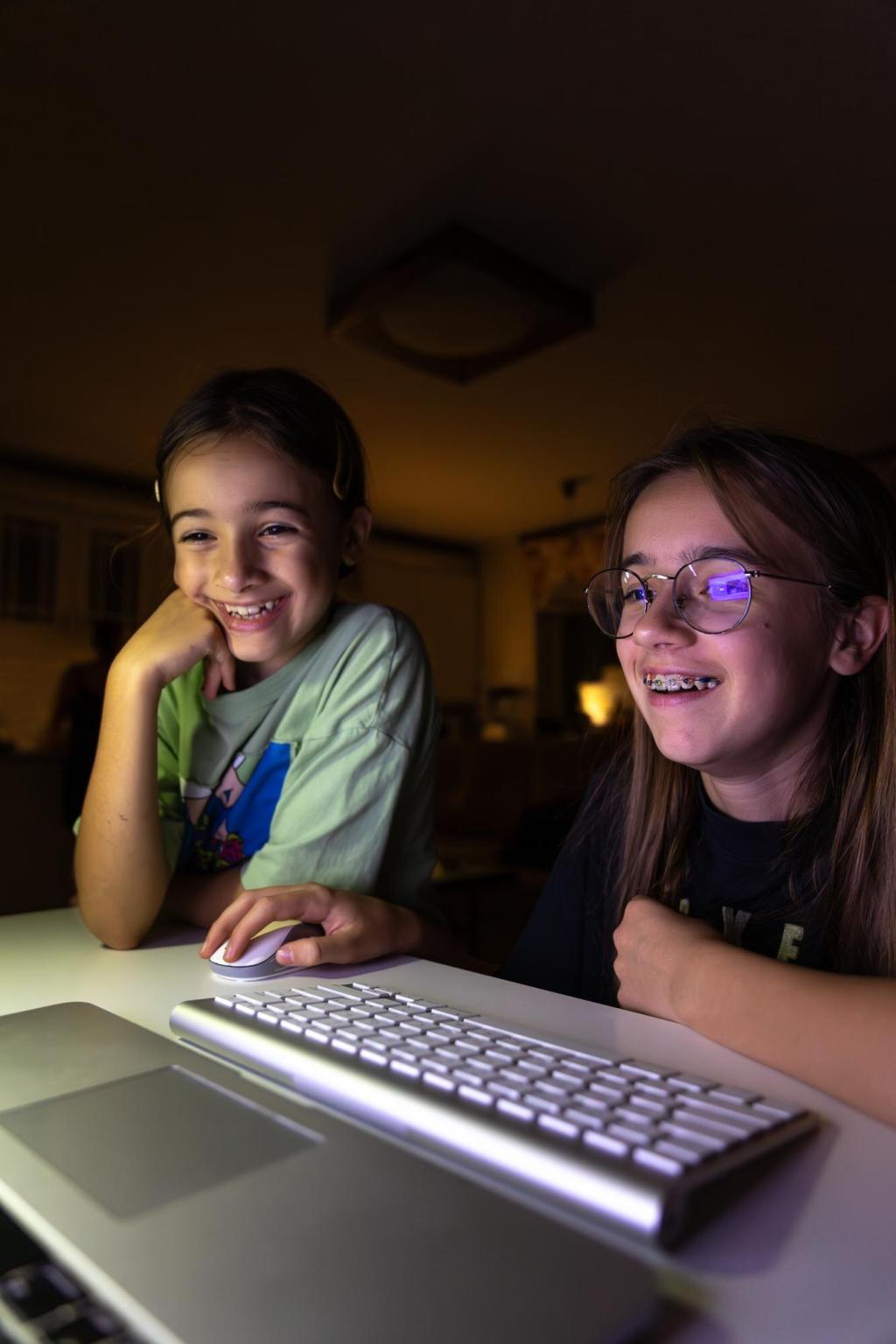Introduction to Robotics for Kids
Robotics is an exciting and important field that combines science, technology, engineering, and mathematics to create machines called robots. For kids, learning about robotics opens up a world of creativity, exploration, and problem-solving. Whether it’s building a simple robot or coding it to complete tasks, robotics helps children develop valuable skills for the future while having fun. This page will introduce you to the basics of robotics, the types of robots, their parts, programming, safety, teamwork, real-life uses, and resources to get started on your own robotics journey.

What Is Robotics?
Understanding Robots
A robot is a machine that can work on its own or be guided by instructions to do certain tasks. Some robots look like humans, while others are simply boxes with wheels and sensors. The key part about a robot is that it can sense its environment, think about what to do next, and act accordingly. This mix of sensing, thinking, and doing makes robots different from simple machines.
History of Robotics
The idea of robots is not new. Ancient myths spoke of mechanical beings, but actual robotics began in the 20th century with simple machines and automated tools. Over time, advancements in electronics, computing, and engineering have allowed humans to create increasingly complex and capable robots. Today, robots can be found in factories, homes, hospitals, and even outer space, and kids have more access than ever to learn by building and programming their own robots.
Why Kids Should Learn Robotics
Learning robotics at a young age has many benefits. It helps children understand how technology works while developing problem-solving, teamwork, and critical thinking skills. Robotics also encourages creativity, as kids can design and build their own inventions. As robots become more common in daily life, understanding robotics will help kids prepare for the future and maybe even invent the next big thing!
Types of Robots
Wheeled Robots
Wheeled robots are among the most popular for kids to start with, as they are straightforward to build and control. These robots use wheels to move across flat surfaces, and they can turn, speed up, or slow down based on instructions. Wheeled robots are ideal for exploring robotics basics like movement, obstacle detection, and following lines or paths. Many educational kits feature wheeled robots because they offer a great introduction to both mechanical building and simple programming.


Humanoid Robots
Humanoid robots are designed to look or act like people. They may walk on two legs, use arms, and even make human-like gestures or facial expressions. While building a fully functioning humanoid robot is complex, kids can explore the basics by assembling kits that include walking mechanisms or movable arms. Humanoid robots help teach about balance, joint movement, and the complexity of copying human actions with machines.
Main Parts of a Robot

Sensors are like a robot’s eyes, ears, and other senses. They allow the robot to detect its surroundings, such as seeing light, feeling touch, or measuring distance. For example, a robot may use a light sensor to follow a path or an ultrasonic sensor to avoid bumping into walls. Introducing sensors to kids helps them understand how robots interact with the world and respond to changes around them.
Getting Started with Robot Programming
Visual Programming Languages
For beginners, visual programming languages like Scratch or Blockly are perfect entry points. These languages let kids arrange commands as colored blocks, snapping them together to create sequences without worrying about typing code. This makes learning to program less intimidating, allowing children to focus on the logic of making the robot move, react, or solve problems.
Step-by-Step Challenges
Programming becomes more engaging when presented through interactive challenges. Many robotics kits include missions such as racing through a maze, finding and sorting objects, or dancing to music. By following step-by-step guides, kids not only build coding skills but also learn how to break down big problems into smaller steps, experiment with solutions, and see the results in real time.
Debugging and Improving
No code works perfectly the first time. Debugging is the process of finding and fixing mistakes in a program. Through testing and revising their code, kids gain perseverance and learn how to analyze what went wrong. Debugging helps children develop patience and attention to detail, which are important for programming robots and solving problems in general.

Safe Building Practices
Using tools and electronic parts during robot construction requires careful attention. Always work in a clean, organized space and handle sharp or hot components with care. Reading instructions thoroughly before beginning ensures everyone knows what to do. Asking an adult for help when needed makes projects safer and more enjoyable.
Electrical Safety
Robotics often involves batteries and electrical connections. Understanding and following proper safety techniques is essential. Avoid short circuits by checking connections before turning on the robot, and handle batteries with care to prevent leaks or overheating. Kids should also be taught never to touch exposed wires when the power is on and to always turn off devices before making changes.
Responsible Testing
Before letting a robot roam freely, make sure the area is clear of obstacles, pets, or anything fragile. Test the robot in a safe, designated space and keep hands and faces away from moving parts during operation. If the robot behaves unexpectedly, turn it off and investigate calmly. This approach encourages responsibility and ensures a safe, positive learning experience.
Teamwork and Creativity in Robotics
Working in Groups
Many robotics projects are best done in teams. Working with others teaches kids how to share ideas, listen, and combine strengths. Team roles such as designer, builder, or coder help everyone contribute and learn different aspects of robotics. Group tasks encourage patience and respect for different perspectives, which makes building robots together even more rewarding.
Creative Problem-Solving
Robotics offers endless opportunities for creativity. When faced with challenges, kids can brainstorm unique solutions, experiment with new designs, or invent entirely new robots. This creative process builds confidence and shows that there are many ways to solve a problem. By encouraging imagination alongside technical skills, children are empowered to bring their visions to life.
Learning from Mistakes
Robotics teaches kids that making mistakes is a normal and valuable part of the learning process. Projects often don’t work perfectly the first time, and that’s okay! Each attempt gives new insights and helps improve designs or programs. Working through setbacks with perseverance encourages resilience and a positive attitude toward solving difficult challenges.
Robots at Home
Many people use robots in their homes to help with daily tasks. Examples include robotic vacuum cleaners that can navigate floors and smart assistants that answer questions or play music. These robots are designed to make life more convenient by doing chores or providing information, showing kids how robotics can improve comfort and productivity in daily life.
Robots in Industry
Factories and workshops use robots to assemble cars, package goods, or even sort recycled materials. Industrial robots work quickly and precisely, often doing jobs that are too hard, dangerous, or boring for people. Learning how industry uses robots helps kids see how automation has transformed the world of work, from manufacturing to logistics.
Robots in Science and Medicine
Robots are also used in important scientific and medical fields. Some robots help doctors perform surgery with incredible precision, while others explore space or the deep sea where humans can’t go easily. Biomedical robots assist in patient care and rehabilitation. These uses show that robotics can make a real difference in saving lives and discovering new things about our world.
Join our mailing list
